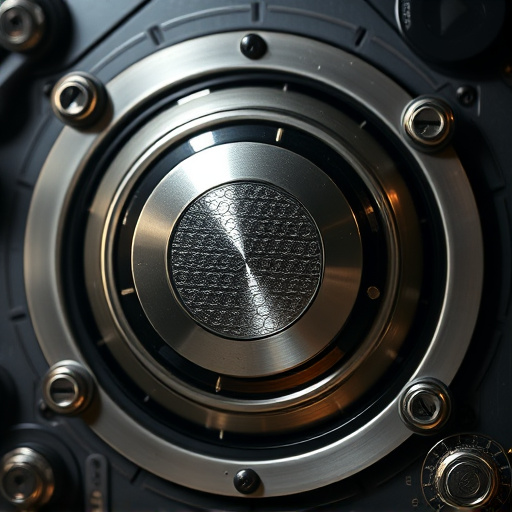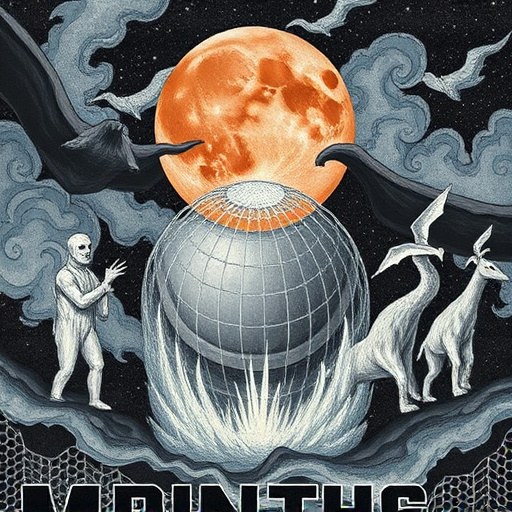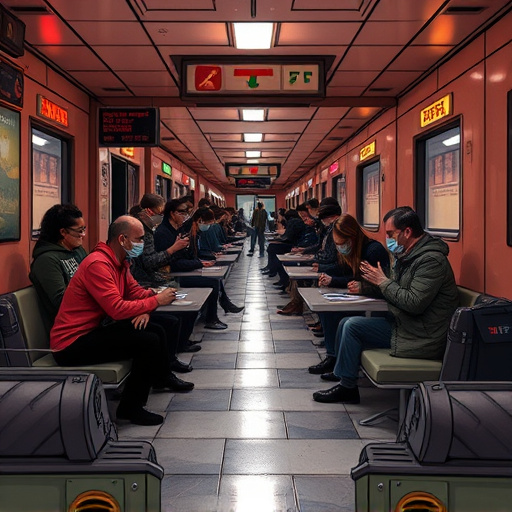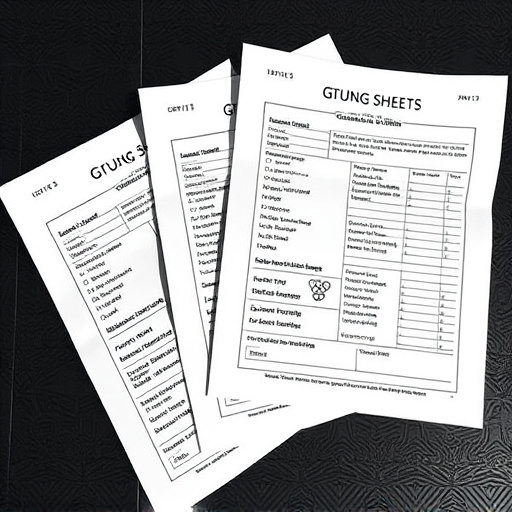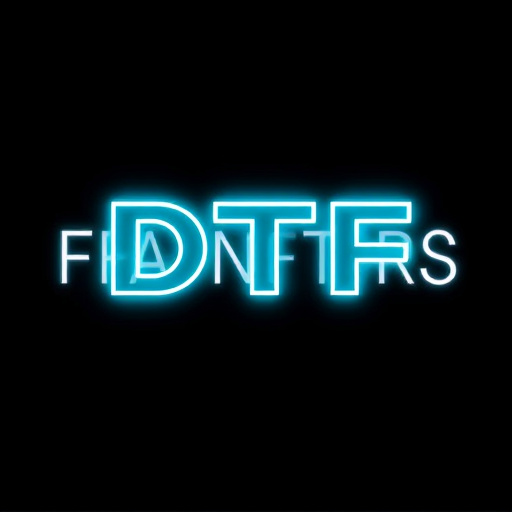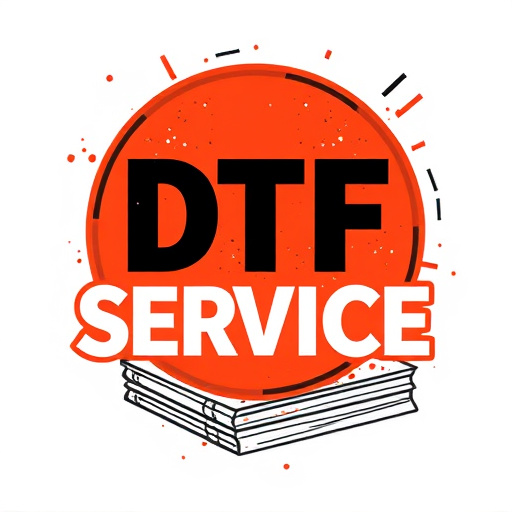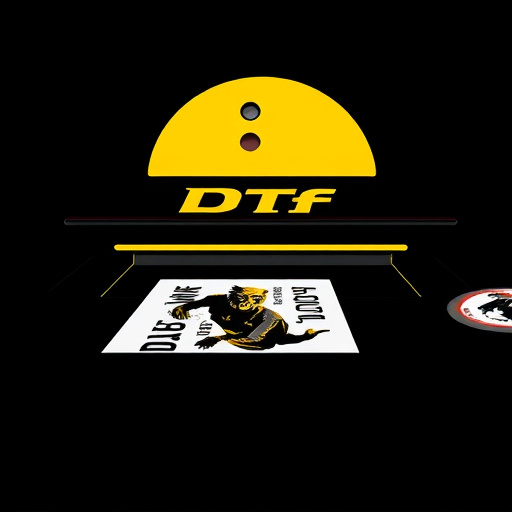DTF (Direct-to-Film) RIP software is a revolutionary tool in print technology, designed for optimizing design transfer onto various materials, particularly light fabrics used in apparel manufacturing. Its primary function is to enhance print consistency, preserving color vibrancy and detail clarity across different substrates. By offering precise color management and automating tasks, DTF RIP software significantly boosts productivity while maintaining superior print quality, making it an indispensable asset for modern printing businesses. This technology streamlines workflows, ensures consistent results, reduces waste, and meets stringent consistency standards, making it a preferred choice for professionals seeking high-quality DTF transfer film prints and efficient production times.
Discover how DTF RIP software is transforming the printing industry. This innovative technology offers a game-changing approach, enhancing print consistency and overall quality. In this article, we’ll explore the core concepts and benefits of DTF (Direct To Final) RIP software, its impact on streamlining print workflows, and why it’s becoming an indispensable tool for professionals seeking improved efficiency and exceptional results. Get ready to revolutionize your print process.
- Understanding DTF RIP Software: The Core Concepts and Benefits
- How DTF RIP Software Enhances Print Consistency and Quality
- Streamlining Print Workflows: Implementing DTF RIP for Improved Flow
Understanding DTF RIP Software: The Core Concepts and Benefits
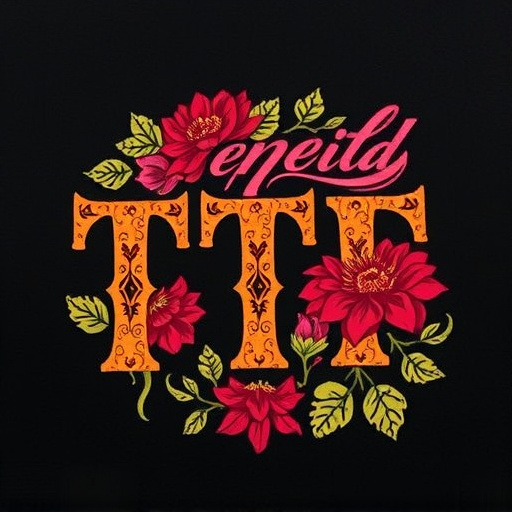
Understanding DTF RIP Software: The Core Concepts and Benefits
DTF (Direct-to-Film) RIP software plays a pivotal role in enhancing print quality, particularly for light fabric printing and apparel industries. This cutting-edge technology acts as an intermediary between design software and direct to film printers, optimizing the transfer process of designs onto various materials. At its core, DTF RIP software is designed to improve overall print consistency, ensuring that colors remain vibrant and details crisp across different substrates.
By streamlining this critical step in the printing process, DTF RIP software offers several key benefits. It enables precise control over color management, allowing printers to achieve consistent results regardless of the complexity of the design or the type of fabric. This precision is particularly valuable in the apparel sector, where maintaining the integrity of colors and patterns on light fabrics requires meticulous attention. Moreover, DTF RIP software enhances productivity by automating various tasks, enabling faster turnaround times for orders without compromising on quality.
How DTF RIP Software Enhances Print Consistency and Quality
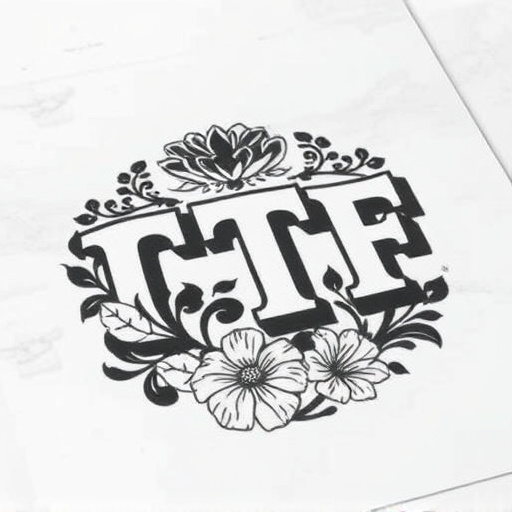
DTF RIP software plays a pivotal role in enhancing print consistency and quality for direct-to-film (DTF) printers and dtf transfer films. By optimizing the rip process, this software ensures that each print job is delivered with precise color accuracy and sharp details. It achieves this by intelligently managing the distribution of ink across the film, minimizing variations that can occur due to different printing materials or environmental conditions.
This sophisticated technology streamlines the workflow for dtf printers, allowing them to produce high-quality prints consistently. The software analyzes and adjusts settings in real time, taking into account factors like print resolution, ink types, and substrate properties. This dynamic approach guarantees that every printed image adheres to stringent standards of consistency and visual appeal, making DTF RIP software a game-changer for professional printing applications.
Streamlining Print Workflows: Implementing DTF RIP for Improved Flow
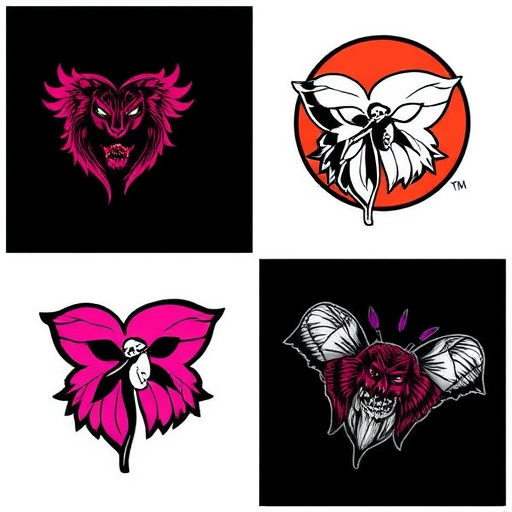
Implementing DTF RIP (Raster Image Processing) software is a game-changer for businesses and individuals looking to streamline their print workflows. This technology optimizes the process of printing on various materials, such as textiles and plastics, by efficiently managing and interpreting digital data. With DTF RIP, users can achieve remarkable results, ensuring consistent print quality and faster production times.
By utilizing the best DTF RIP software, one can easily prepare and rip print jobs, including custom DTF transfers, for a range of applications. The software’s ability to handle complex raster images and convert them into optimized printing files is unparalleled. This enhances overall print consistency, reduces waste, and enables professionals to meet demanding deadlines, making it the preferred choice for those seeking superior dtf transfer film quality and efficient printing solutions.
DTF RIP software has proven to be a game-changer in print industries, offering enhanced consistency and improved workflow efficiency. By understanding its core concepts and implementing it strategically, print service providers can achieve superior quality outcomes. This technology streamlines processes, ensuring prints are vibrant, accurate, and consistent, thereby revolutionizing the way businesses approach their printing needs.






